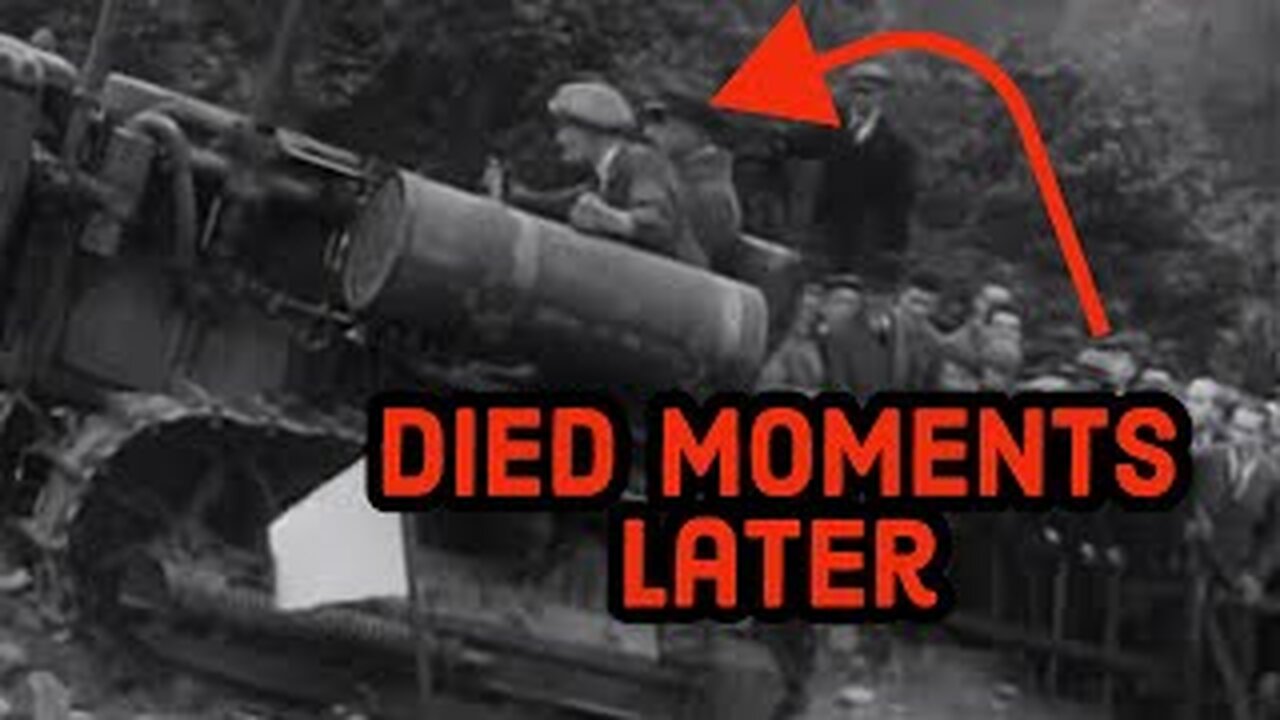Premium Only Content

A History Of Post Hill A Motorcycle Hill Climb Death. Leeds
Post Hill is 28 hectares of meadow, woodland and waterway. A designated nature trail in Leeds that has become very popular place for walkers, families, dogs, and mountain bikers.
Before the acquisition, the northern part of the area was known as Park Spring, and the southern part as Jonas Wood
The name Post Hill has origins from The Yorkshire Post which sponsored events in the Mid 1920s and then brought the land in 1925 so the Leeds Motor Club could hold its races.
The name of the area originates from the newspaper Yorkshire Evening Post who acquired the land and sponsored motorcycle speed and climbing events on the site from 1926; drawing crowds of over 20,000 . The western aspect of Post Hill – laid with a cobbled track – was said to be “the steepest hill climb in the world”.
The inclined length of the hill is 527ft and rises 200ft. The steepest gradient is 1 in 1.6O. On 24th July 1926 the hill was formally presented to the club by Mr RR Whittaker, editor of the Evening Post
The Yorkshire Post contributed trophies and prize money for the series of Freak Hill Climb knockout events in the 1930s onwards.
It also served as a base for trainer dispatch riders who had roles as military messengers that would be mounted on to motorcycles and then be sent to deliver messages.
During World War II Post Hill was the location of POW camp No. 91,[6] where Italian and German prisoners were held to work on farms in the surroundings. After the war the camp was used for displaced persons from Europe. The camp also housed two anti-aircraft guns with the concrete bunker structures surviving well into the 1980s, these have since been demolished.
By the 1950s the hill was most popularly used for scrambling challenges that attracted crowds of up to 10,000 people and at the time were recorded and televised by the BBC.
In 2002 Post Hill passed into the ownership of Leeds City Council and is being returned to its natural state.
the only recorded death was that of a local doctor in 1931. He was a passenger on a tractor climbing to the top of the hill when he was involved in a fatal accident.
-

Russell Brand
2 hours agoKamala Goes BANKRUPT & WARS w/Biden + President Trump Announces Plan To RECLAIM Free Speech - SF490
108K -
 LIVE
LIVE
vivafrei
4 hours agoThe Absolute State of Canada - Artur Pawlowski Interview AND MORE CANADIAN MADNESS! Viva Frei
4,033 watching -
 LIVE
LIVE
The Charlie Kirk Show
1 hour agoFulfill The Mandate | Paoletta, Schilling, Schlicther | 11.11.24
19,764 watching -
 1:03:34
1:03:34
Grant Stinchfield
1 hour agoIs There a Potential Coup Going on Inside the Pentagon? The Shadow State is Real!
15K -
 LIVE
LIVE
Nerdrotic
3 hours agoNerdrotic Nooner 442
2,785 watching -
 1:01:08
1:01:08
The Dan Bongino Show
4 hours agoTrump Makes His First Big Moves (Ep. 2368) - 11/11/2024
696K1.23K -
 1:57:22
1:57:22
Steven Crowder
5 hours agoThe 4B Movement: How Trump is Saving the World from Liberal Women
520K49 -
 1:24:03
1:24:03
The Rubin Report
3 hours ago'Real Time' Crowd Stunned as Bill Maher Gives a Brutal Message to Democrats
75.2K23 -

Benny Johnson
2 hours agoDC Swamp Declares WAR on TRUMP in Senate Battle to REPLACE Mitch McConnell! We EXPOSED Secret Ballot
118K1 -
 1:18:54
1:18:54
MTNTOUGH Fitness Lab
1 hour agoWhy 99% of People Will Fail: The Hardcore Truth About Entrepreneurship | MTNT POD #90
28.3K